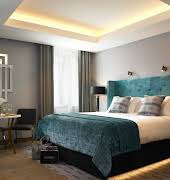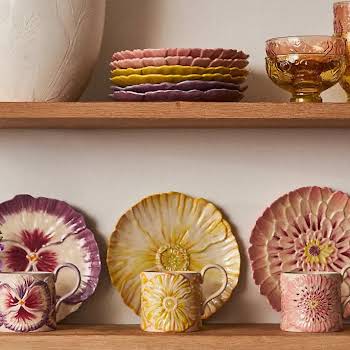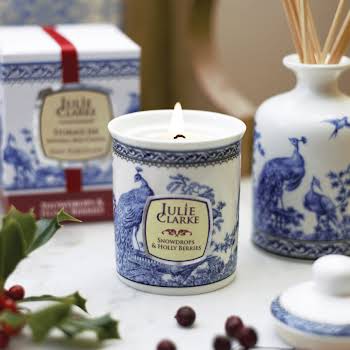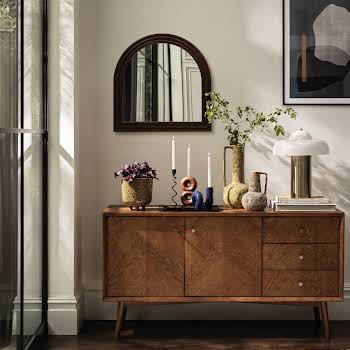
By Megan Burns
07th Oct 2020
07th Oct 2020
There’s something wonderful about leaning into the cosiness and comfort the crisp, autumnal days can bring.
We’re always drawn to cosiness and soft textiles at this time of the year, but recently we’ve been thinking about how texture in our home can come from so much more than just throws. Where modern homes are often filled with smooth painted walls, laminate floors, and smooth, perfect chairs, sometimes we need to consciously add in some tactility and interest to avoid a space feeling flat.
As well as this, incorporating texture in more than one way, such as through both flooring and furniture, builds depth in a room. From wool to wood, here are some ways to think about textures in your home.

Walls and floors
As large surfaces in any room, the texture of both walls and floors will have a significant impact on how it feels. While you probably don’t want to go for anything too extreme, there are choices you can make to incorporate subtle tactility. Wooden floors come in a variety of finishes, so you can go from the pristine to the antique, weathered look within this one material. If for practical reasons, you want a smooth finish, choosing a heavily knotted wood can give the illusion of a textured surface. Wood can also add interest to a wall through panelling, as shown above. While it’s smooth, the gaps between each panel create depth and shadow, preventing it from becoming just another flat surface.
Natural stone is another way to create a textured floor, although before committing to this, check with the manufacturer what kind of maintenance it will need. Carpet is another great option for low-traffic areas, especially cosy spaces like bedrooms. For walls, wallpapers are a great way to add subtle, and reversible relief to a wall, while plaster can also be used to create different textured effects.

Fabrics and textiles
We all know how cushions and throws are an important way of creating texture in our homes, but how we use materials in other guises also affects the mood of a room. This living room contrasts the soft leather footstool with fine linen sofa, while wool and velvet cushions incorporate softer surfaces into the mix. Curtains, rugs, and even details like tablecloths and towels all add touches of texture and should be chosen accordingly. If the room lacks texture, this is a great place to add it.

Accessories
Although not as impactful as larger pieces, accessories are an important element to include in layering textures. This table setting from Rowen & Wren shows how layers of contrasting textures create a rich, interesting overall look. Plates and glasses are hard and smooth by nature, so the rough-edged wood placemats and the soft, frayed edges of the linen juxtapose beautifully. Using nature itself as an accessory is also a guaranteed way to add interesting texture. Whether it’s flowers, branches, foliage, or berries and fruit, you’re guaranteed unique shapes and surfaces, providing a sharp relief to any smoother materials.
Featured image: Lene Bjerre
Read more: Colourful splashbacks to convince you to go bright in your kitchen
Read more: A London townhouse tour of V&A tastemaker Harriet Anstruther
Read more: Moving into your first place? Here’s what is worth investing in… and what’s not























